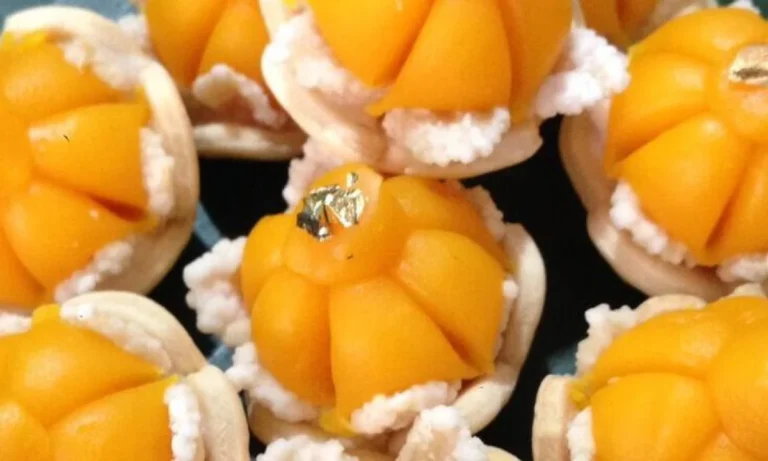Introduction: Exploring Southeast Asian Desserts
When it comes to desserts in Southeast Asia, each country has its own unique set of flavors, ingredients, and textures. From the creamy coconut-based desserts of the Philippines to the sweet sticky rice dishes of Laos and Cambodia, the region is filled with a diverse range of sweet treats. In this article, we will explore the world of Thai desserts and how they differ from other desserts in the region.
Flavors and Ingredients in Thai Desserts
Thai desserts are known for their complex flavor profiles that blend sweet, salty, and sour flavors. The use of fresh herbs and spices like lemongrass, ginger, and kaffir lime leaves is common in Thai desserts, giving them a unique aroma and taste. Coconut milk, palm sugar, and rice flour are also staple ingredients in many Thai desserts.
One popular Thai dessert is mango sticky rice, which features fresh slices of mango served over sweet sticky rice that has been cooked in coconut milk and sugar. Another unique Thai dessert is Khanom Buang, which consists of crispy pancakes filled with a sweet and savory mix of coconut cream and egg yolk.
Sweet Treats from Other Southeast Asian Countries
In other Southeast Asian countries, desserts vary widely. In Indonesia, the traditional dessert is called kolak, which consists of boiled bananas and sweet potatoes served in coconut milk. In the Philippines, halo-halo is a popular dessert that features a mix of shaved ice, sweetened beans, and fruits, topped with evaporated milk and ice cream.
Vietnamese desserts often feature tropical fruits like jackfruit and durian, while Burmese sweets are known for their use of jaggery, a traditional Asian sweetener made from palm sap. Laos and Cambodia both feature sticky rice desserts, similar to those found in Thailand.
Texture and Presentation in Thai Desserts
Thai desserts are often characterized by their delicate and intricate presentation. From the intricate designs on top of Khanom Krok coconut cakes to the intricate folding of banana leaf-wrapped desserts like Khao Tom Mat, Thai desserts are as visually stunning as they are delicious.
In terms of texture, Thai desserts often feature a combination of soft and chewy textures. Sticky rice dishes like Khao Niew Ma Muang are both soft and slightly chewy, while desserts like coconut jelly and Khanom Tuay feature a gelatinous texture.
Historical and Cultural Significance of Thai Desserts
Thai desserts have a rich history and cultural significance. The use of coconut milk and palm sugar reflects the country’s tropical climate and agriculture. Many Thai desserts are also associated with traditional festivals and ceremonies, such as the Songkran water festival and the Loi Krathong lantern festival.
Thai desserts are often made for sharing, and the act of sharing and enjoying these sweet treats with loved ones is an important part of Thai culture.
Conclusion: The Unique and Delicious World of Thai Desserts
Thai desserts stand out in the Southeast Asian region for their complex flavors, intricate presentation, and cultural significance. From the creamy sweetness of mango sticky rice to the savory-sweet flavors of Khanom Buang, Thai desserts are a delight for the senses. Whether you’re a dessert lover or a food adventurer, exploring the world of Thai desserts is a must-do experience.

